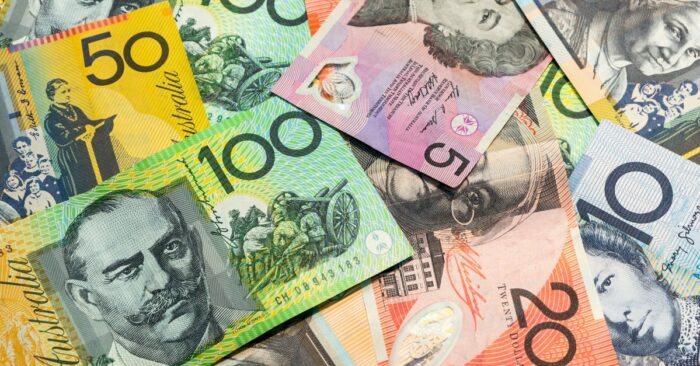The AUDUSD currency pair was trading up over 13 pips as the Australian dollar rallied against the US dollar for the fourth consecutive day, driven by bullish sentiment. The Australian Dollar (AUD) continued its impressive run despite Australia’s less-than-optimistic Retail Sales data.
AUDUSD Rallied Higher for Fourth Day Despite Weak Retail Sales

The AUD/USD pair was hovering around the 0.6625 level while approaching its highs from early August. This upward trajectory can be attributed to various factors influencing the currency market.
Australia’s Retail Sales, a vital indicator of consumer spending, posted a decline of 0.2% for October, falling short of market expectations of a 0.1% increase and trailing the previous figure of 0.9%. Despite this economic data, the Australian Dollar remains resilient, demonstrating its strength in challenging circumstances.
Several factors have contributed to the Australian Dollar’s continued strength. Firstly, positive market sentiment has provided support, with investors reacting favourably to developments such as the Chinese stimulus plan.
Reserve Bank of Australia (RBA) Governor Michele Bullock’s recent comments have added to the AUD’s appeal. During a panel discussion titled “Inflation, Financial Stability, and Employment,” Governor Bullock highlighted the current monetary policy stance as somewhat restrictive.
_______________________________________________________________________________________________________________________________
Don’t miss out the latest news, subscribe to LeapRate’s newsletter
_______________________________________________________________________________________________________________________________
She emphasised caution when considering higher interest rates to combat inflation, particularly in light of persistent services inflation. Governor Bullock’s perspective on interest rates and inflation has resonated with market participants, providing additional support for the Australian Dollar.
Her expectation that inflation will decrease to just under 3.0% in 2025 while acknowledging the uncertainty surrounding inflation trends has added a layer of complexity to the monetary policy outlook.
Meanwhile, the US Dollar (USD) has been falling, with the US Dollar Index (DXY) marking its lowest levels since late August. The trend is driven by a decline in US Treasury yields, particularly in the 2 and 10-year bond yields, which stood at 4.86% and 4.39%, respectively, at the time of writing.
Additionally, market participants will closely monitor speeches from Federal Reserve (Fed) officials for insights into the central bank’s perspective on the economic landscape.